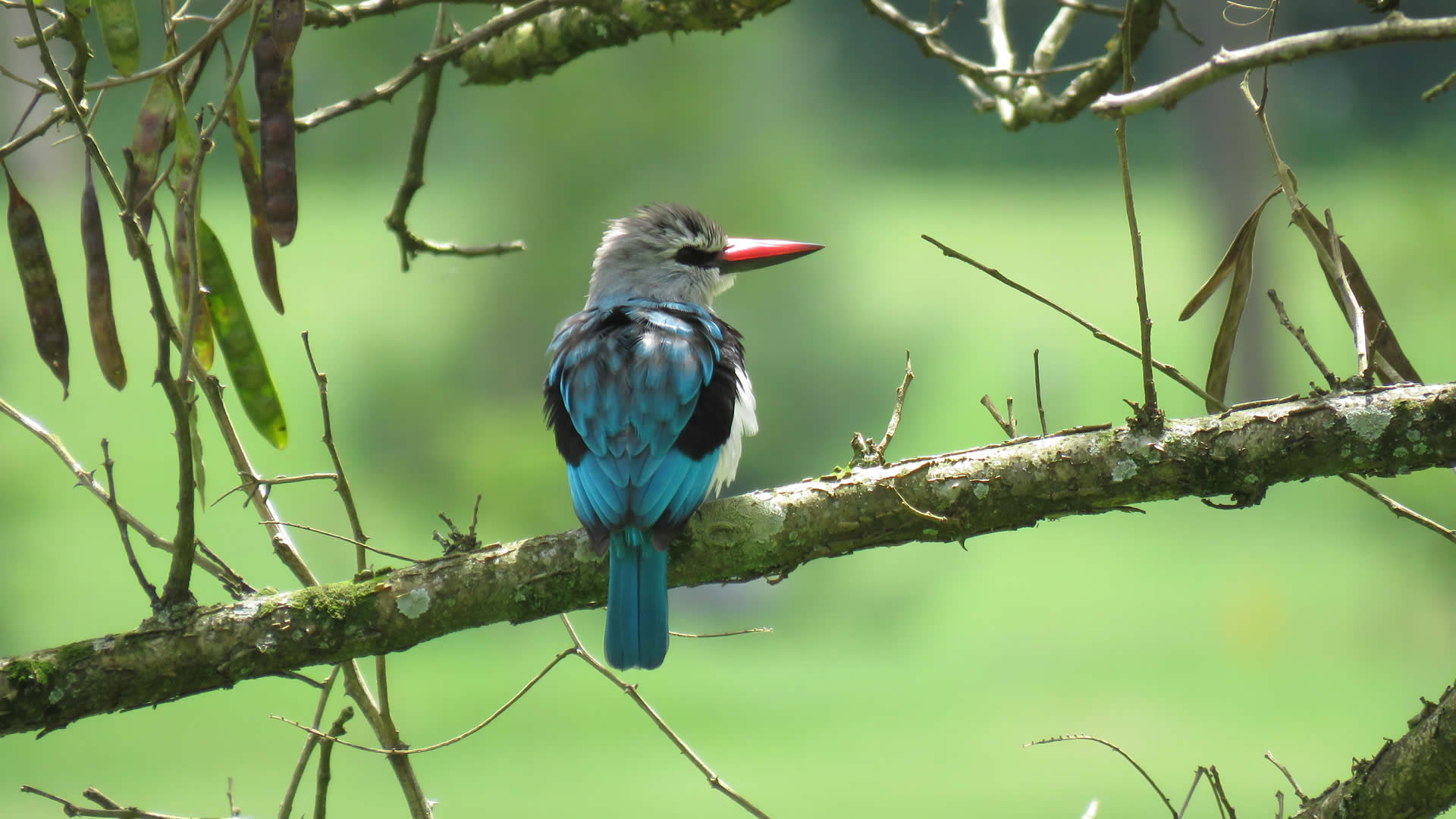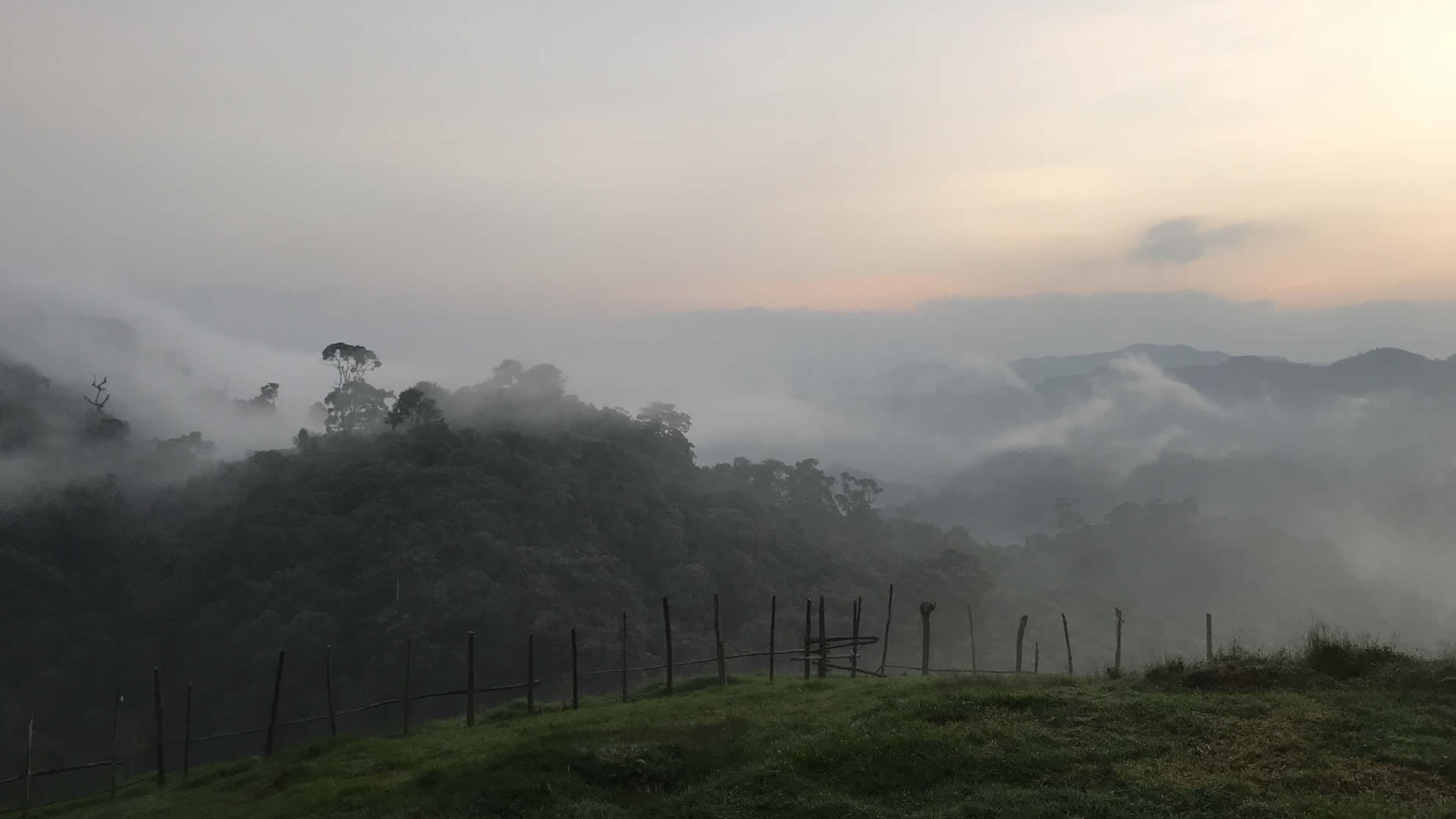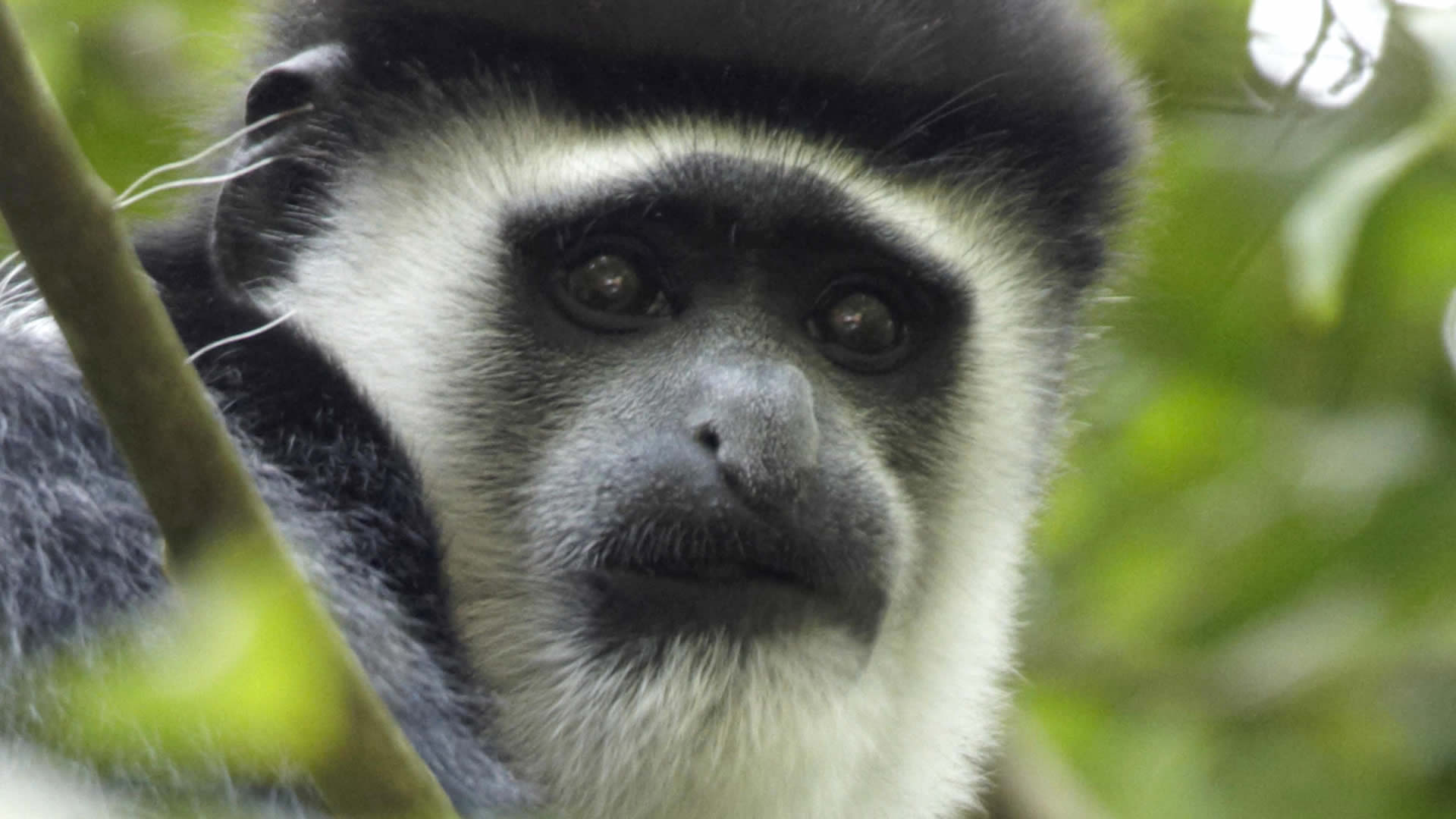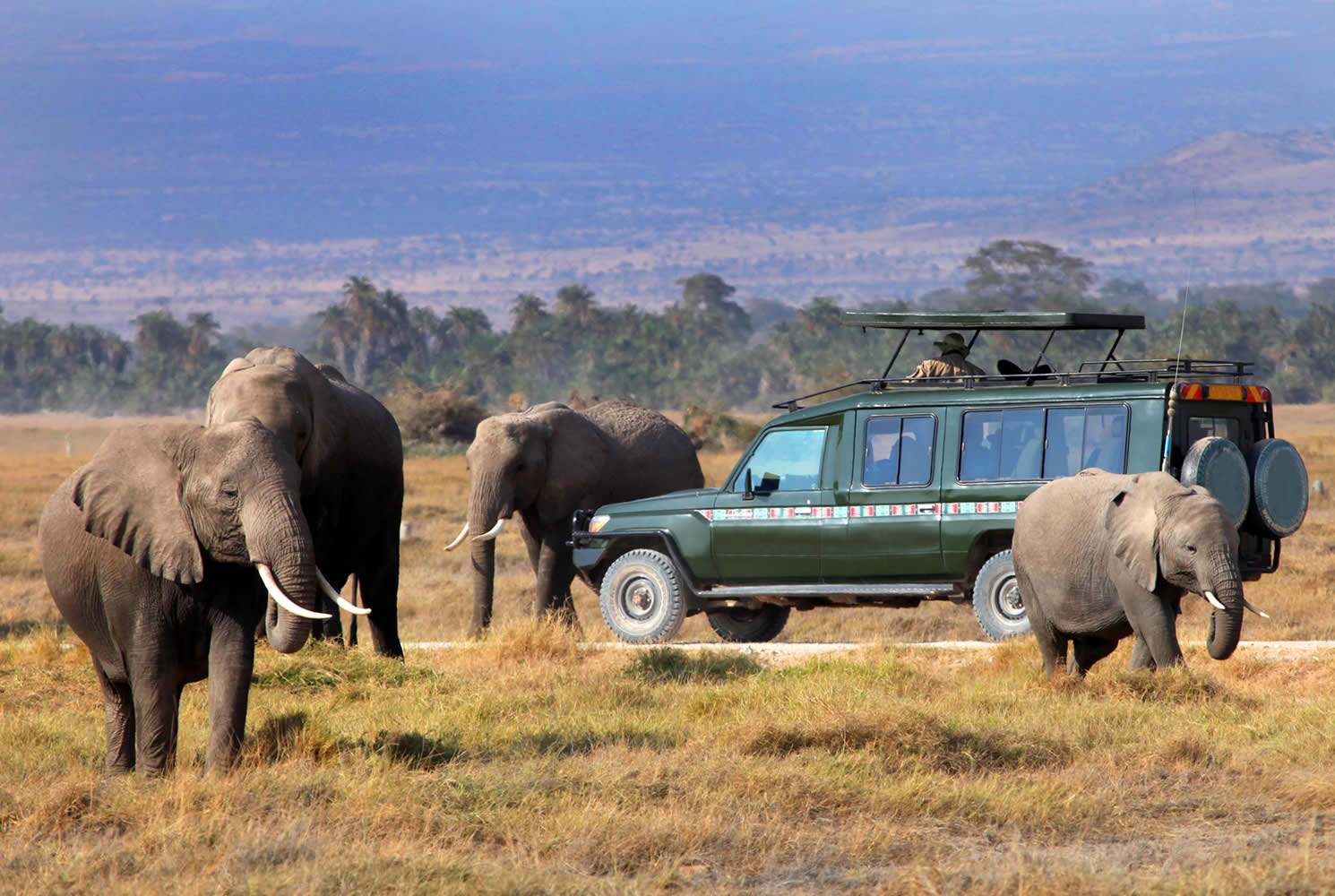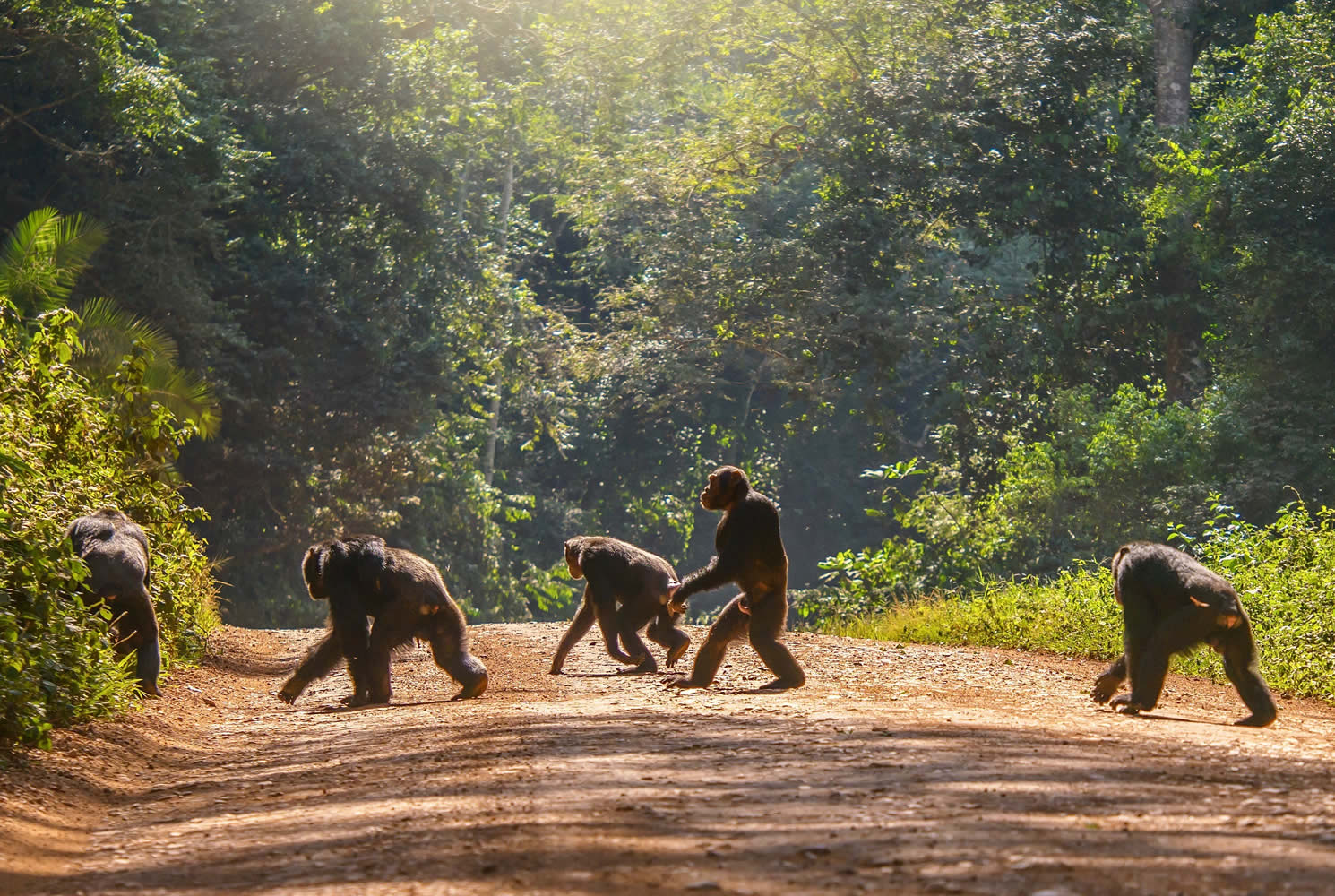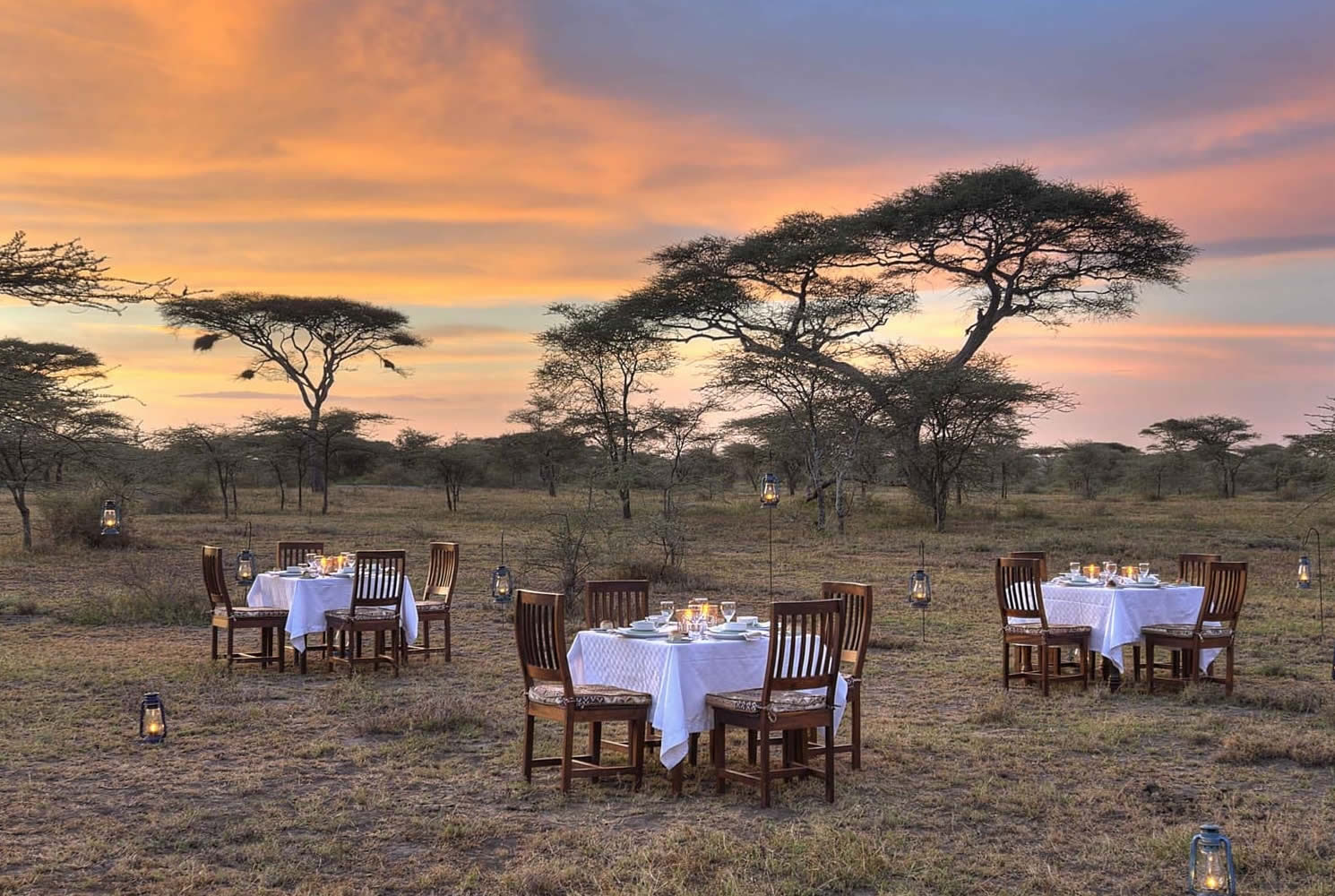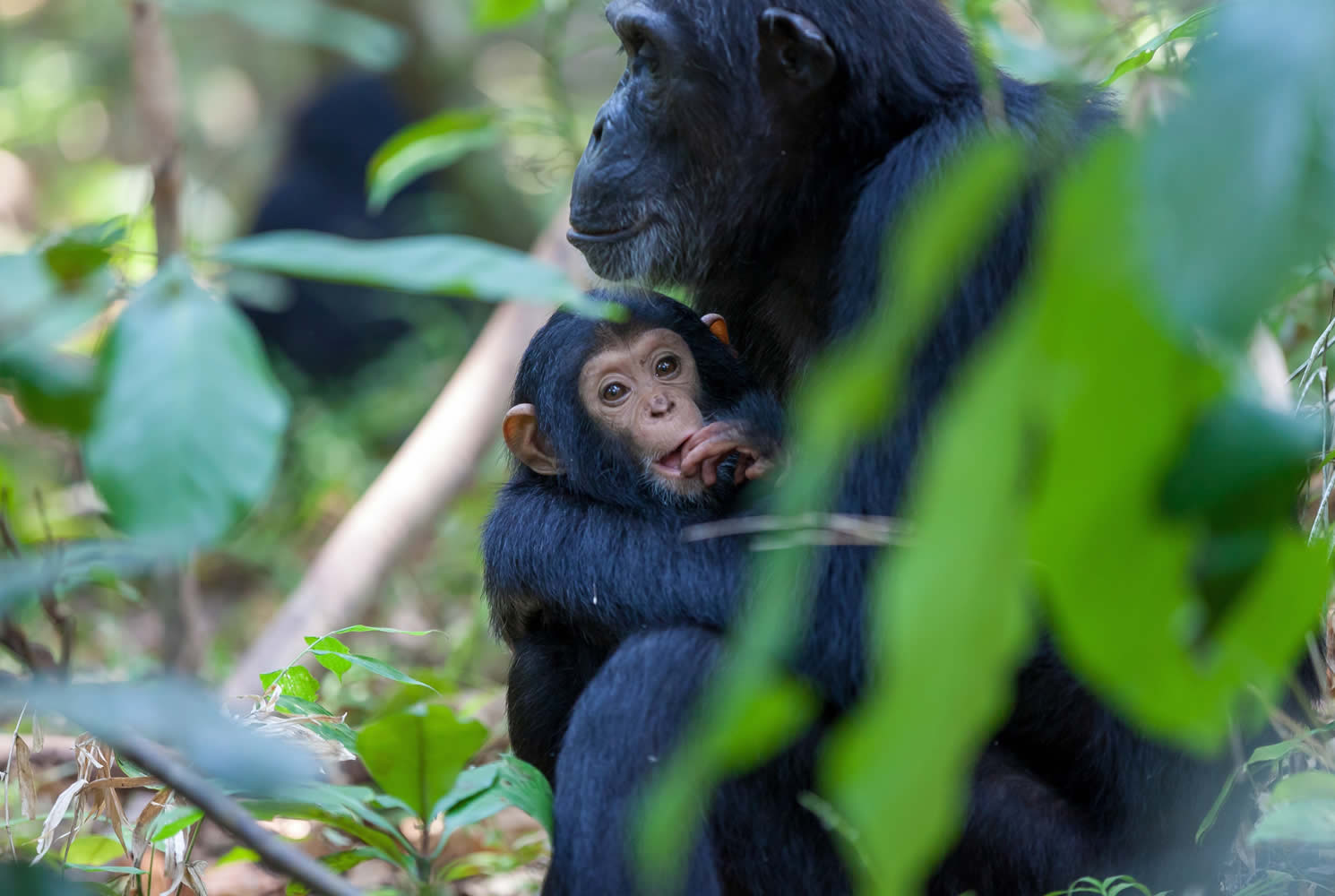Gishwati Mukura National Park
Rwanda’s fourth national park, Gishwati Mukura is made up of two separate forests – the larger Gishwati and small Mukura, forming a total of 34 square kilometres plus a buffer zone.
Gishwati Mukura National Park is is the 4th and Rwanda’s newest National Park; famously known for its diverse plant species; over 60 species of trees like the bamboo and wood and a big number of Rwanda safari wildlife species; around 84 bird species. It is located in Ngororero and Rutsiro districts in the country’s Western province; covering an area of about 3,558 hectares. This park would have run extinct since during the 1994 genocide whereby most people left the country others went to the borders of the country; hence some ended up occupying the Gishwati and Mukura areas; they carried out farming, deforestation and illegal mining. Gishwati and Mukura are forests. In September 2015 a law was passed to have a joint National Park, hence the Gishwati-Mukura National Park.
The forests sit on the ridge which divides the Congo and Nile water catchment areas, along the incredibly biodiverse Albertine Rift in the west of the country. It is made up of 60 species of tree, including indigenous hardwoods and bamboo.
Gishwati is home to a group of 20 chimpanzees which live alongside golden monkeys, L’Hoest’s and Blue Monkeys. Birds are well represented too, 232 species have been seen at Gishwati and 163 at Mukura, among them Albertine Rift Endemic species and forest specialists.


